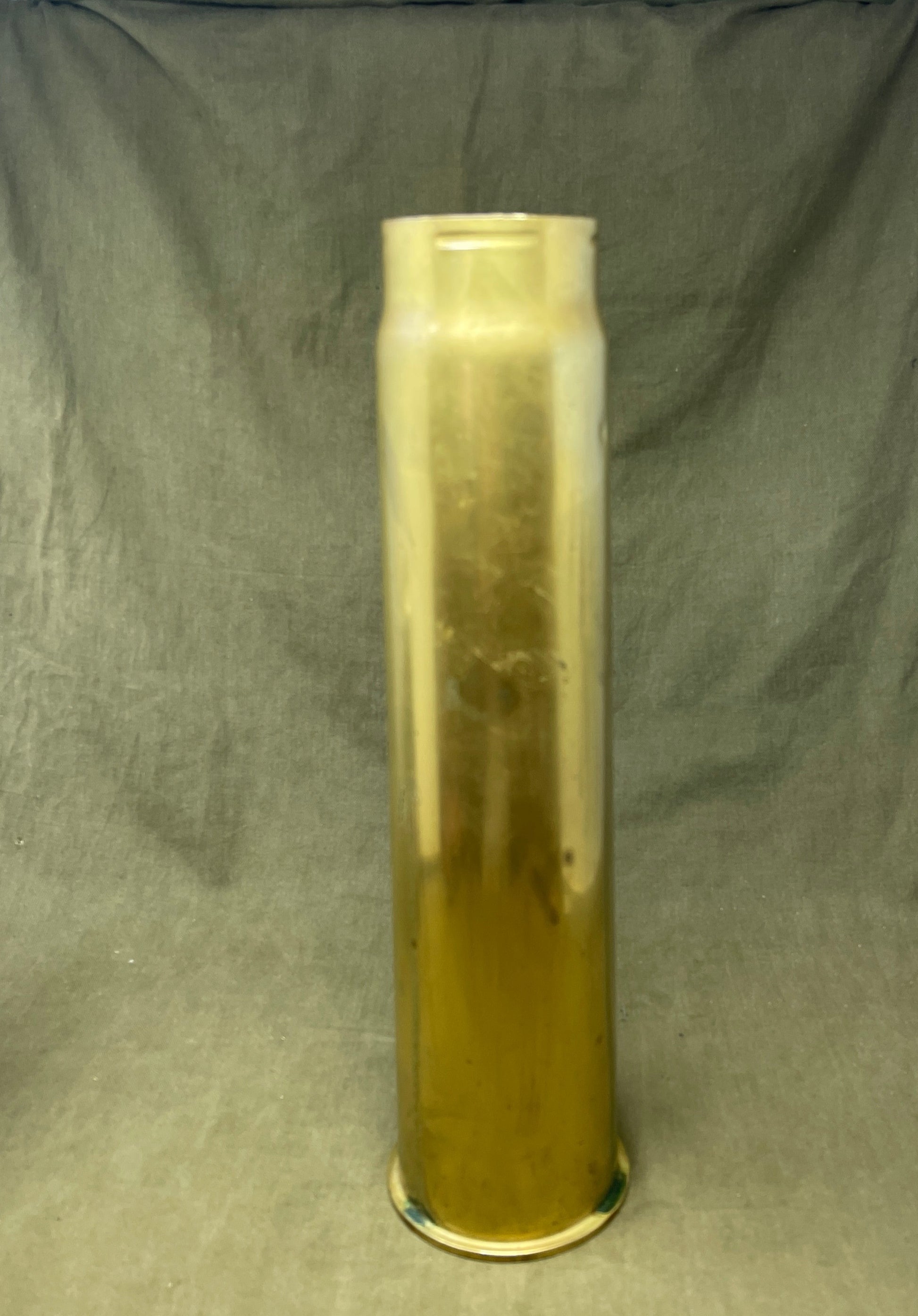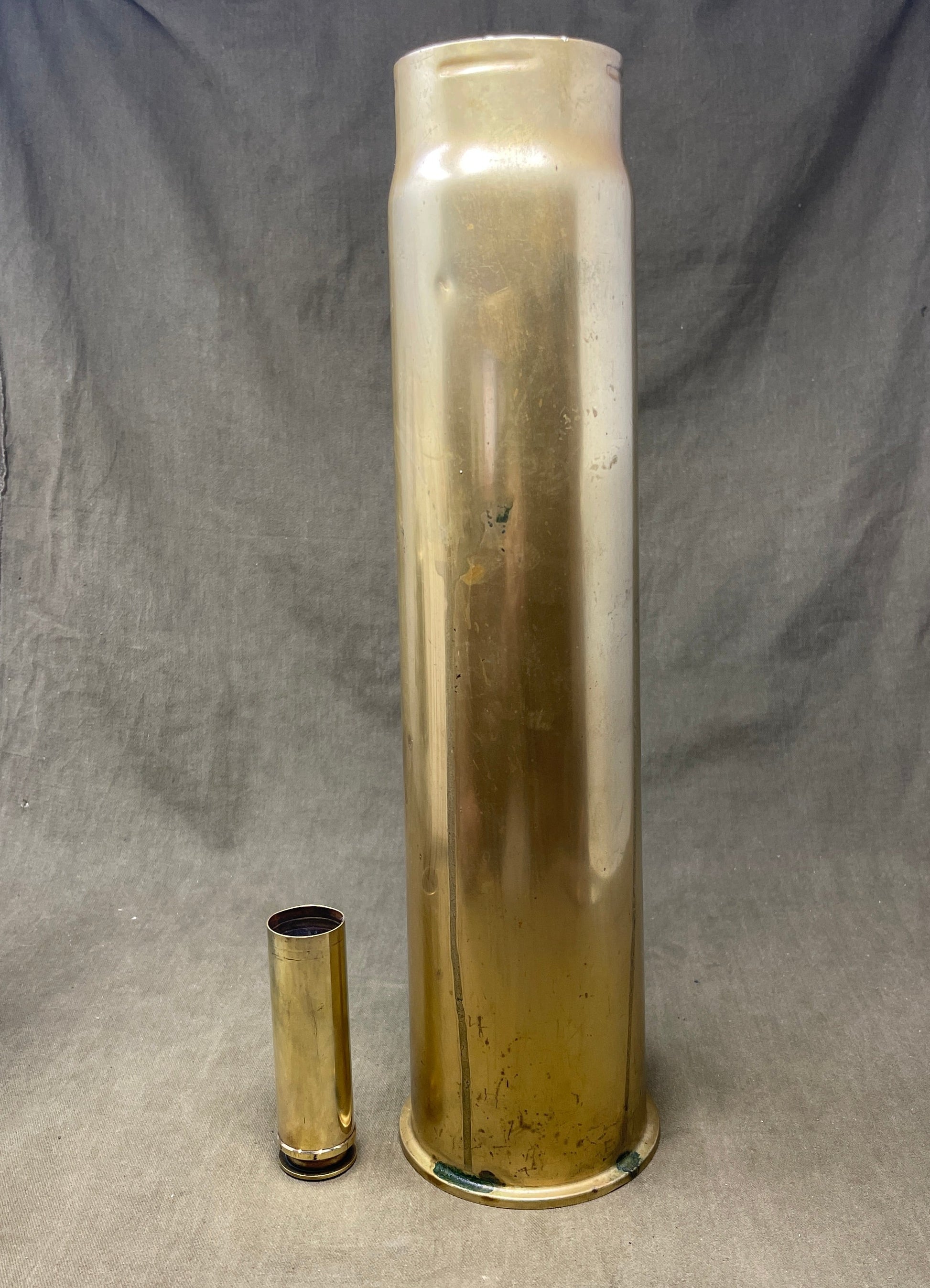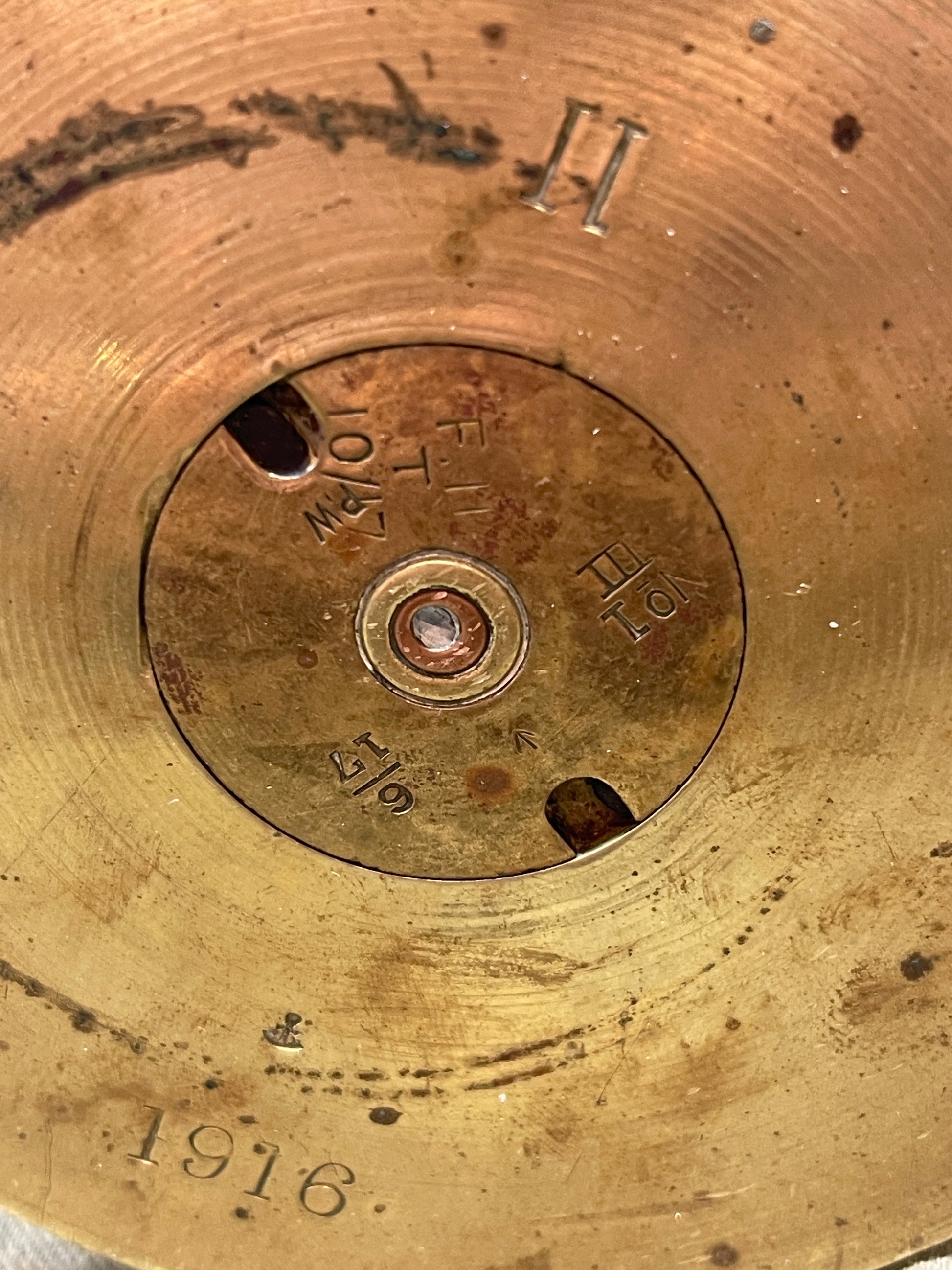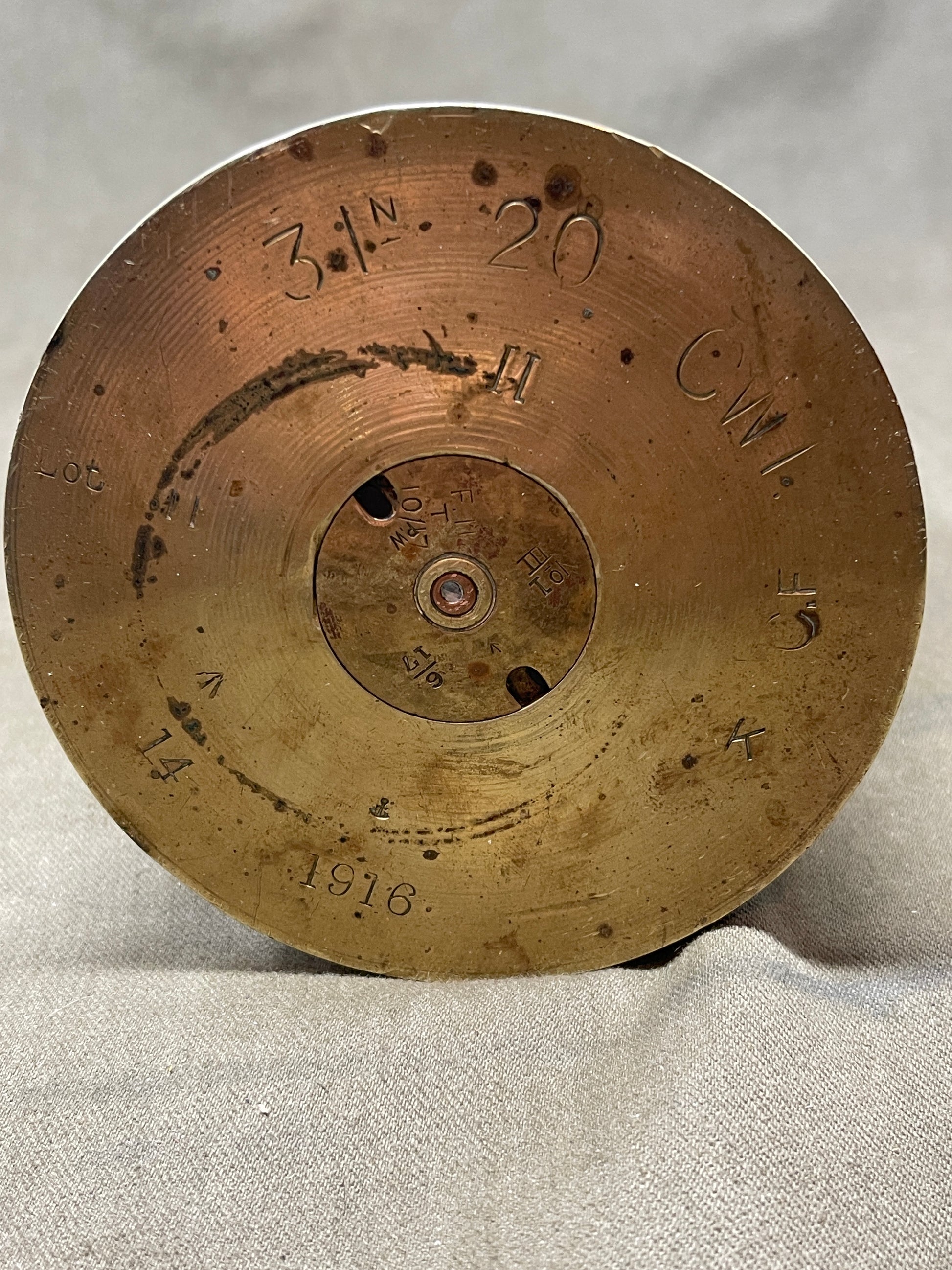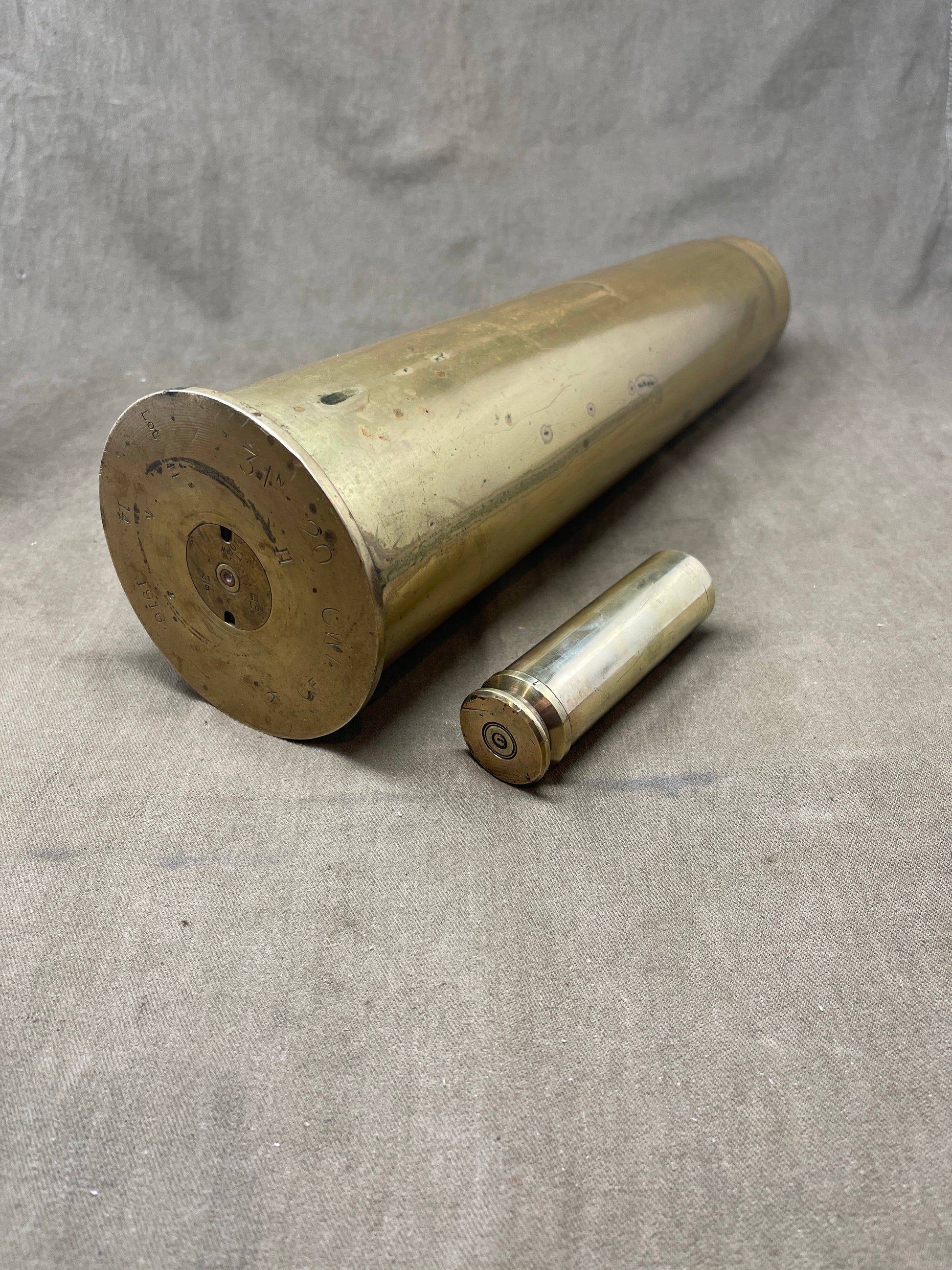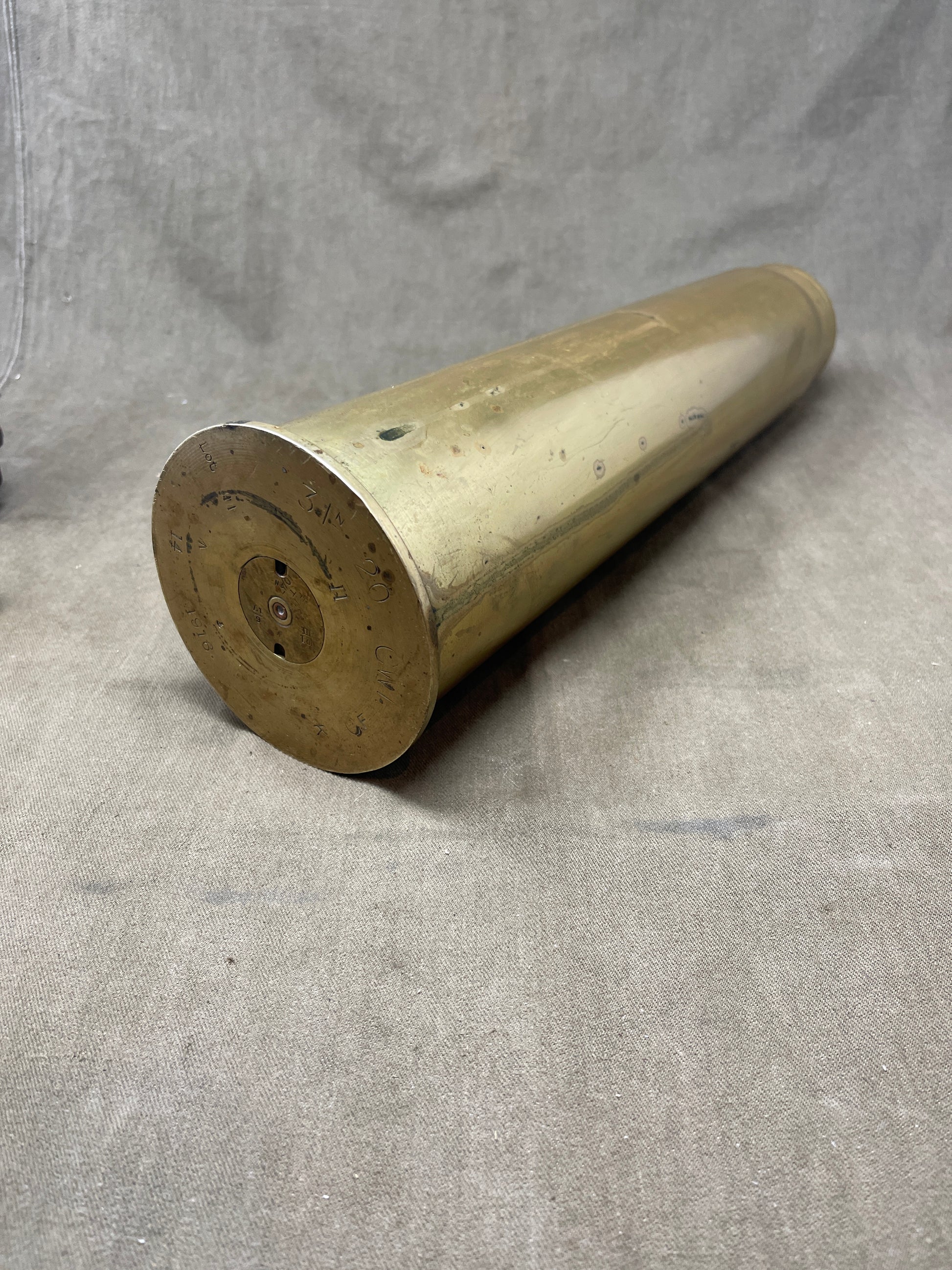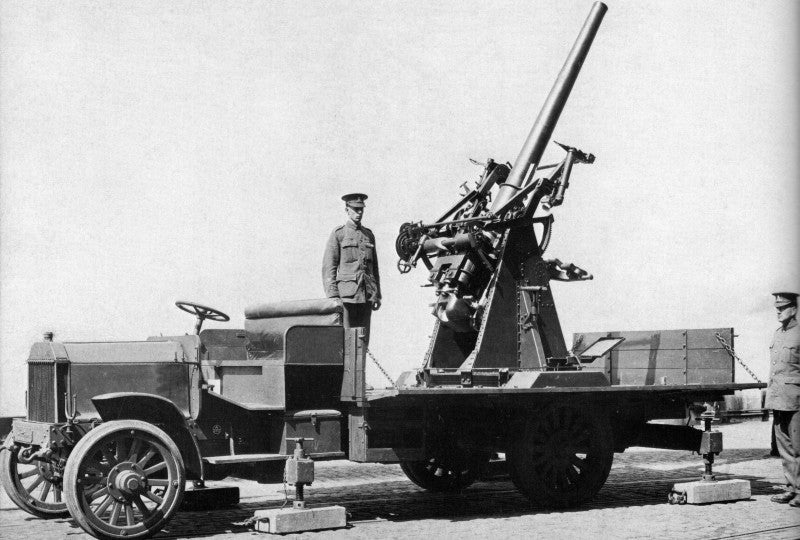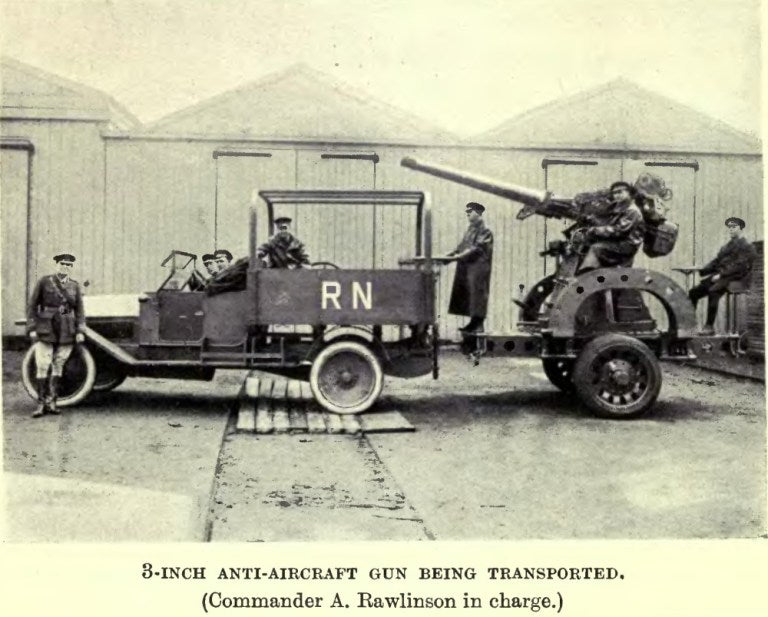Tommies Militaria and Collectables
WW1 1916 Dated British 3inch 20Cwt Shell Case
WW1 1916 Dated British 3inch 20Cwt Shell Case
Couldn't load pickup availability

Product Condition
Product Condition
Shipping & Returns
Shipping & Returns
Shipping
All orders are subject to a delivery, packing & handling charge. The correct charges will be automatically calculated via our Shopping basket ordering system and are based on the total weight of your order, your location, and our normal method of despatch. Please be aware that we reserve the right to alter any miscalculation, plus or minus, and you will be notified prior to shipping of any changes.
When shipping items, we use the UK Royal Mail, EVRI, DPD and Parcel Force in the event of a parcel arriving with contents damaged ALL the packaging must be kept for inspection by the delivering shipping contractor whoever that contractor is, failure to adhere to this WILL result in ANY claim being denied.
We do ship internationally and will always use a Tracked and Signed for service. We strive to use the best and most economical shipping services available
All shipping, insurance and import charges will be borne by the customer.
All lots are shipped at the buyers risk no compensation will be offered for items lost or broken in transit. Alternatively you can pay for your own courier.
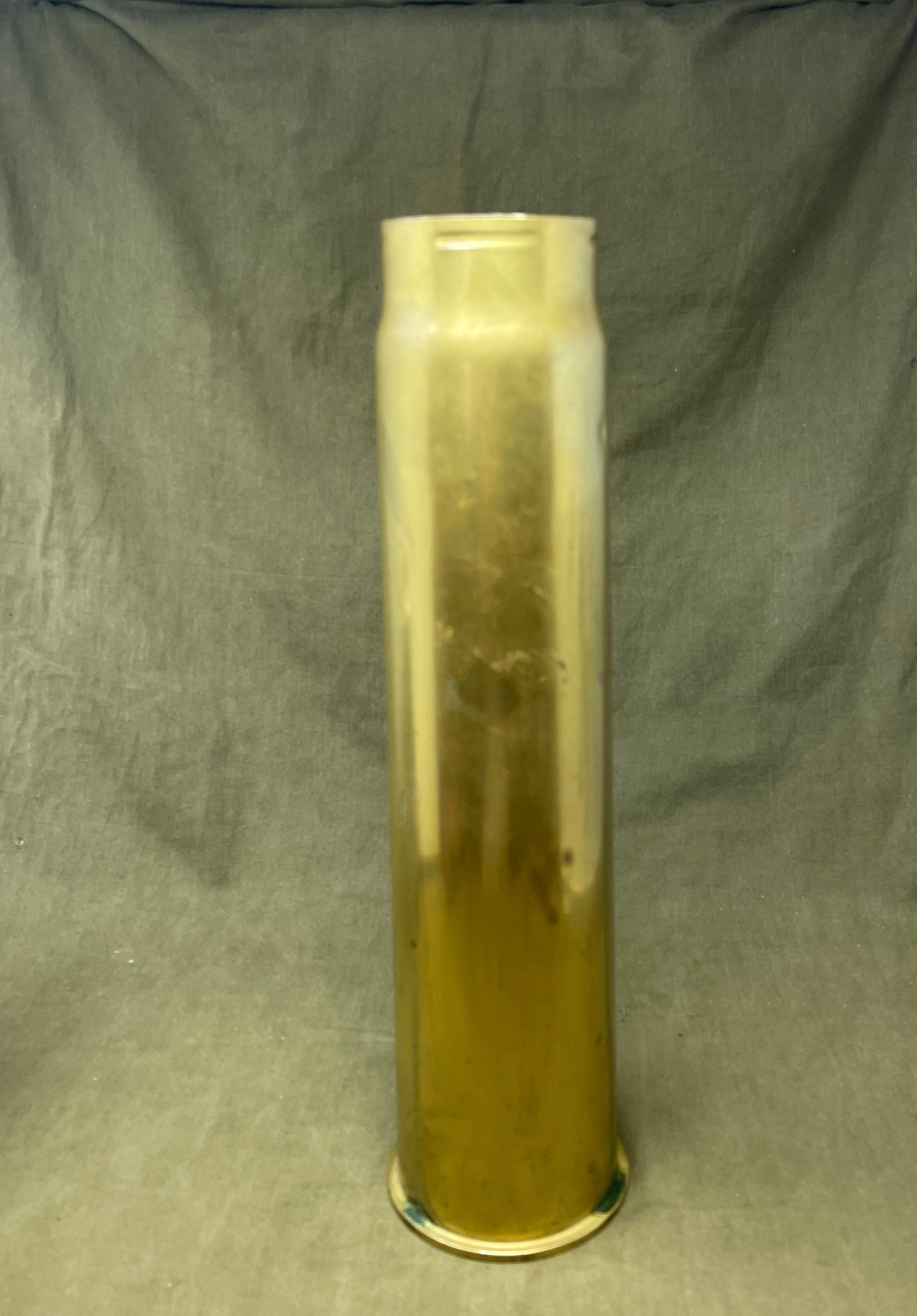

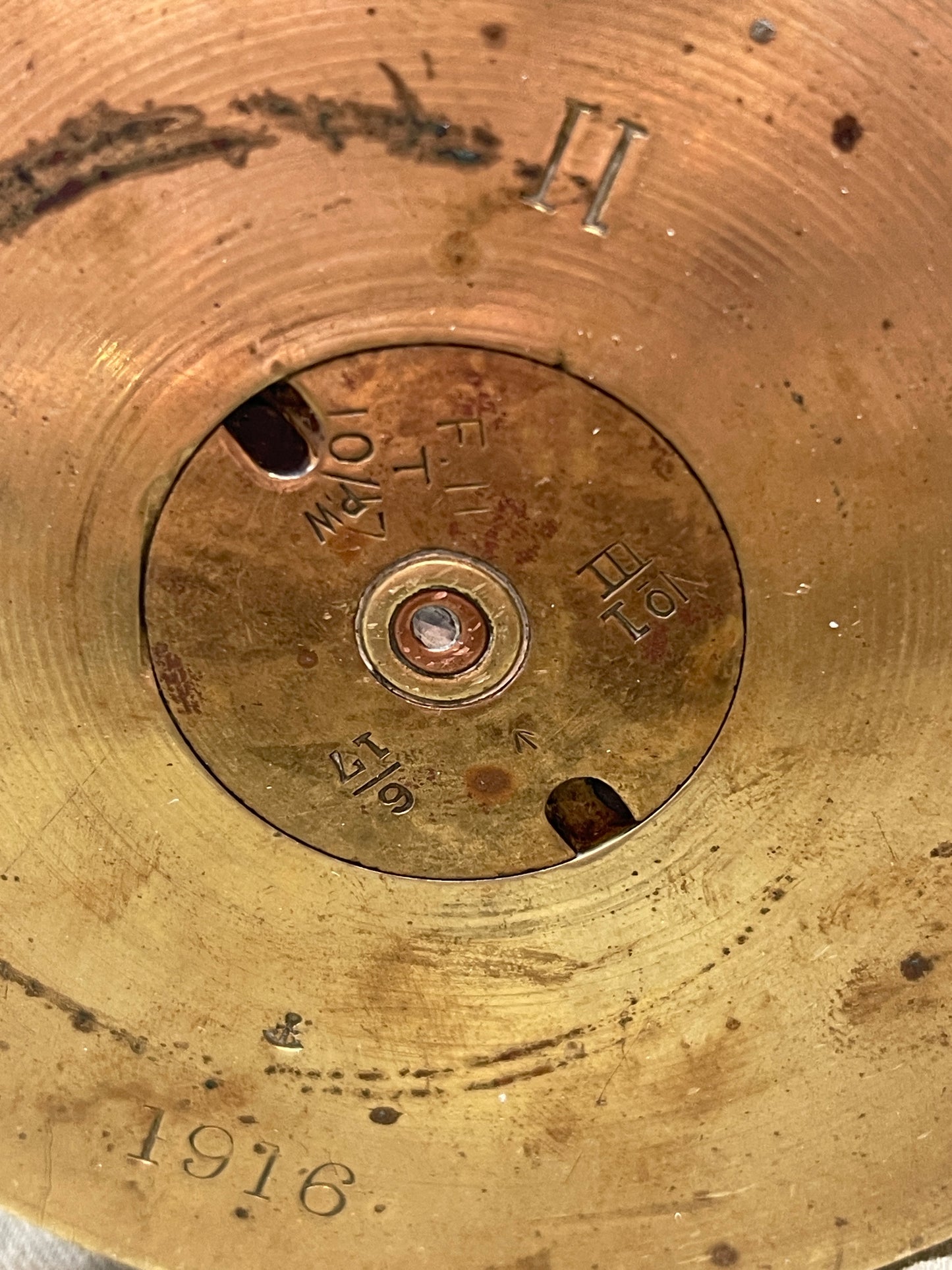

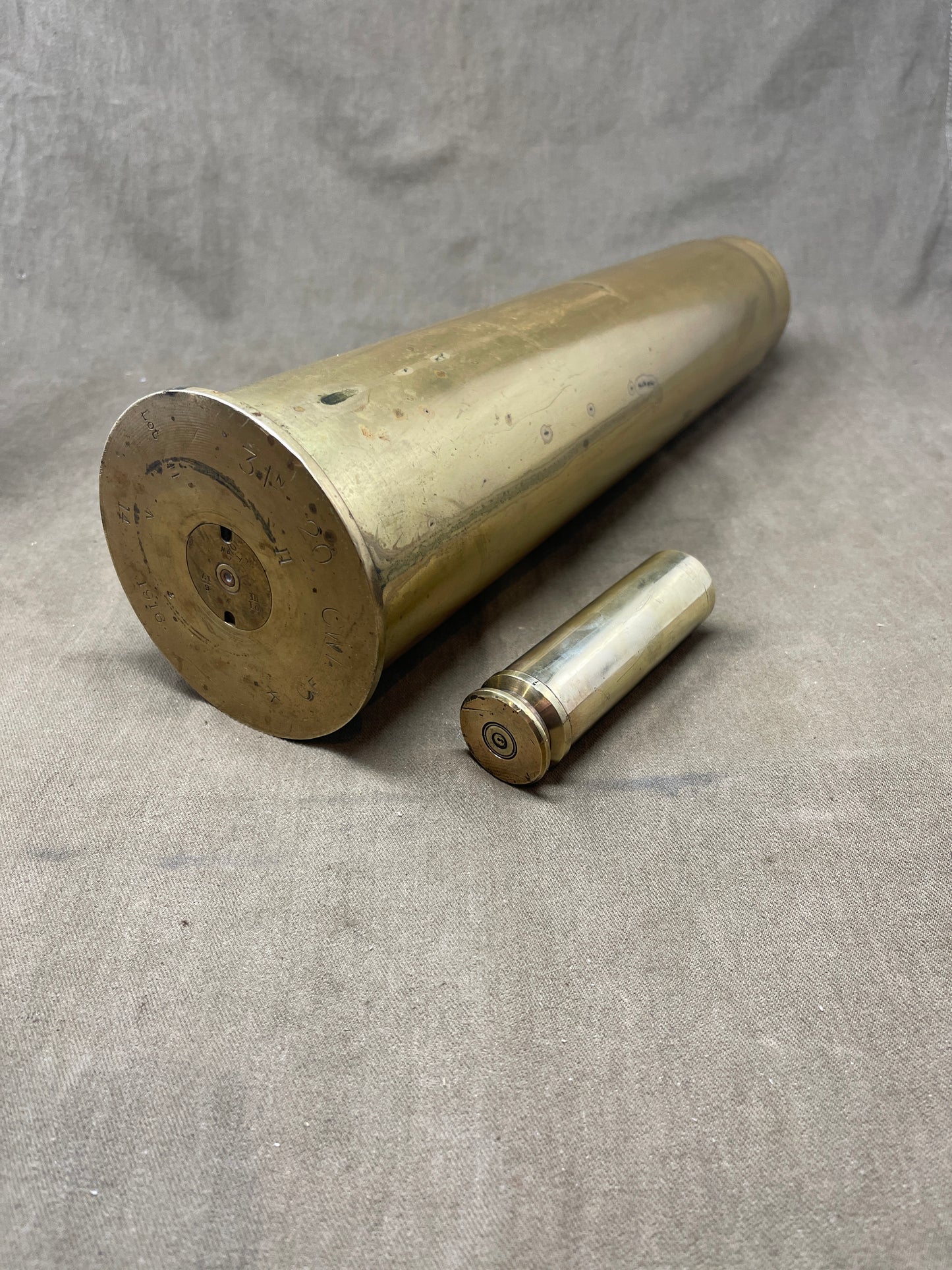
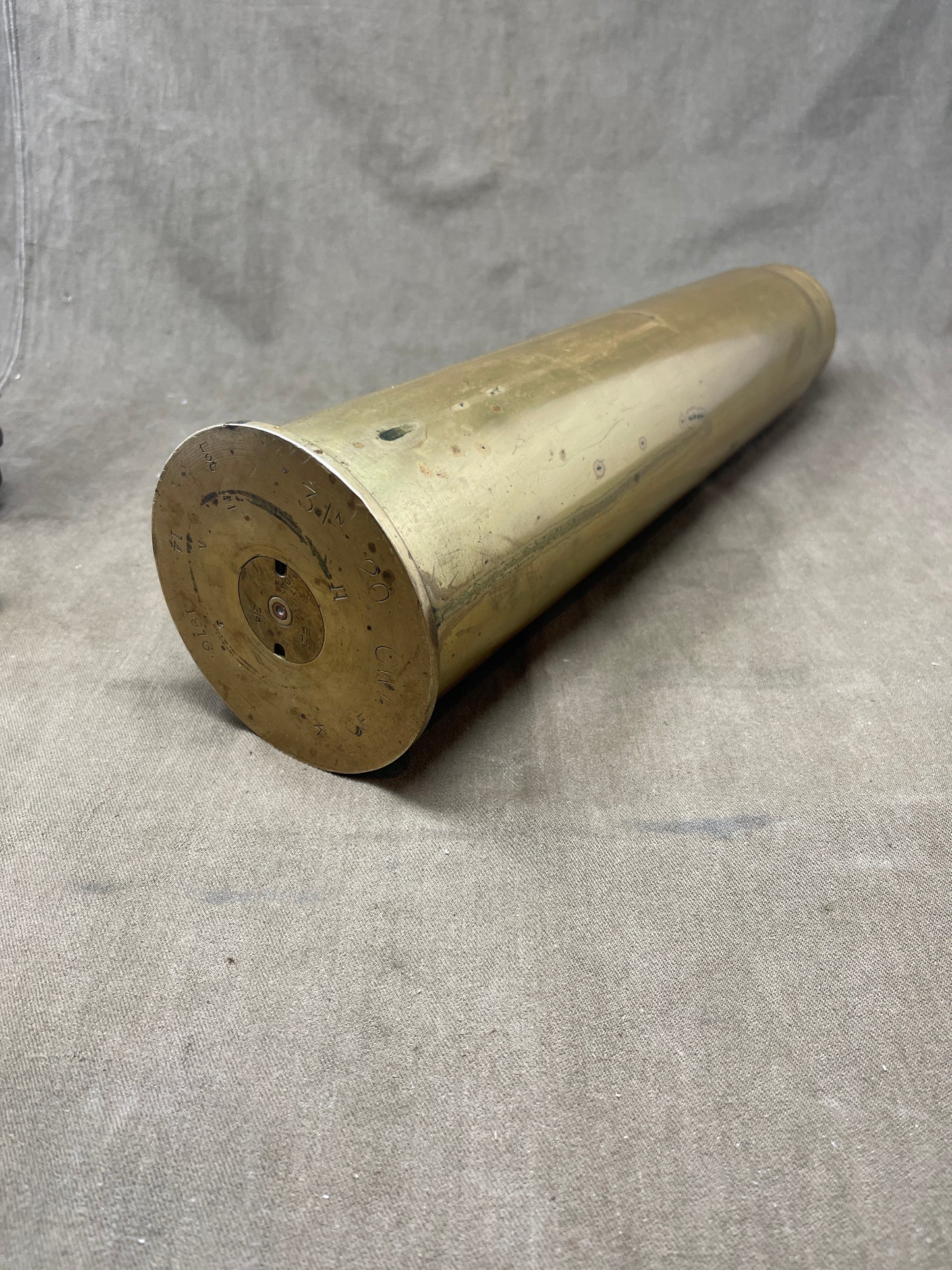

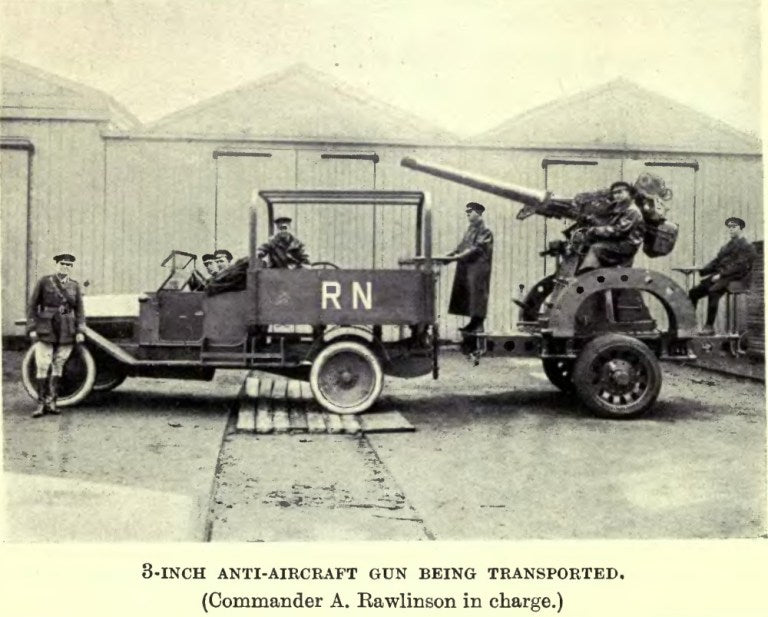
Product Description
During World War I, the British Army utilized a variety of artillery pieces and corresponding ammunition, including the 3-inch 20cwt (hundredweight) shell. The 3-inch 20cwt shell case was used in artillery with a caliber of approximately 76.2 mm. Here's a general description of such a shell case:
-
Caliber: The "3-inch" designation refers to the approximate diameter of the shell, which is around 76.2 mm.
-
Weight: The "20cwt" indicates the weight of the gun. In this case, it's a 20 hundredweight gun, equivalent to 1,016 kilograms. This classification is a measure of the gun's loading weight, not the weight of the projectile itself.
-
Material: The shell case was typically made of brass or another non-ferrous metal. Brass was a common choice due to its resistance to corrosion and relatively easy manufacturing process.
-
Markings: The shell case would likely have various markings indicating its origin, production date, and possibly the manufacturer. These markings often include information such as the broad arrow symbol, the crown, and letters or numbers representing the manufacturer and production date.
-
Base: The base of the shell case might have additional markings, and it would typically feature a primer pocket where the percussion primer was inserted.
-
Purpose: The 3-inch 20cwt shell was used in various artillery pieces during World War I, including field guns and anti-aircraft guns. It was employed for a range of purposes, such as direct fire against enemy positions or indirect fire to provide support for infantry.

